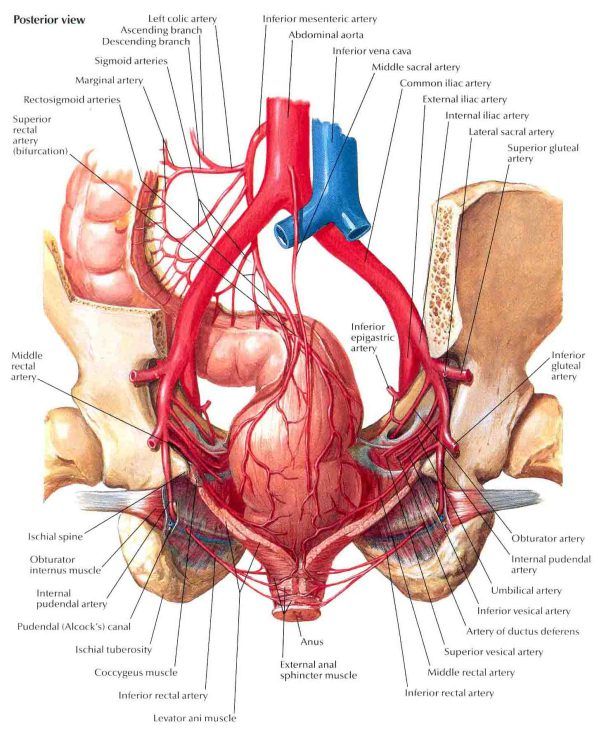Brainlab intraoperative 3 dimensional magnetic resonance imaging guided pelvic floor navigation and dissection is an effective way to accurately identify pelvic anatomy during classic bladder exstrophy and cloacal exstrophy closure.
Pelvic floor dissection.
Review of pelvic girdle bones joints ligaments and foramens.
With biofeedback a therapist helps to improve a person s rectal sensation and pelvic floor muscle coordination.
A combination of self care techniques and treatment plans backed by medical advice can be helpful in relieving the symptoms of pelvic floor tension.
In order to allow for urination and defecation there are a few gaps in the pelvic floor.
A 2 day dissection where the pelvic floor its muscles nerves vasculature and the ans are dissected identified and studied.
The pelvic floor or pelvic diaphragm is composed of muscle fibers of the levator ani the coccygeus muscle and associated connective tissue which span the area underneath the pelvis the pelvic diaphragm is a muscular partition formed by the levatores ani and coccygei with which may be included the parietal pelvic fascia on their upper and lower aspects.
This technology offers a unique opportunity for surgical skill education in this complex.
Most data are based on dissection.
Once patients with pelvic floor constipation have these basic tools they can begin retraining the pelvic floor muscles with biofeedback.
Based on the principle of operant conditioning biofeedback provides auditory and visual feedback to help retrain the pelvic floor and relax the anal sphincter.
There are various effective techniques used in biofeedback.
This surgical approach requires profound prior knowledge because applying the scalpel precludes a second look the.
The pelvic floor is a group of muscles ligaments and tissue that form a sling of sorts to support your pelvic organs and stabilize your pelvic joints.
Pelvic floor dysfunction due to non relaxation of the pelvic floor muscles may be treated with specialized physical therapy known as biofeedback.
Biofeedback training is the treatment of choice.
Controversies regarding structure and function of the pelvic floor persist because of its poor accessibility and complex anatomical architecture.
Pelvic floor dysfunction is the inability to control the muscles of your pelvic floor.
The pelvic floor is a funnel shaped structure.
In a woman the pelvic floor supports the uterus vagina bladder urethra large bowel and rectum.




























